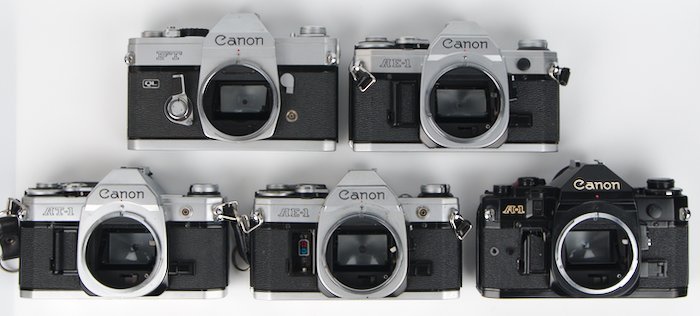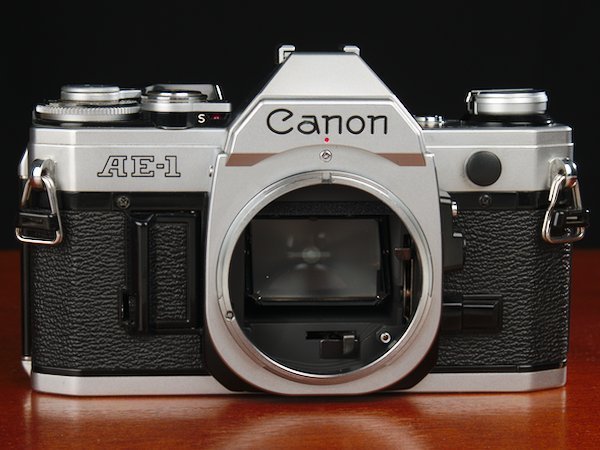What Cameras use Canon FD Lenses?

Finding a 35mm film camera that has an FD lens mount can be difficult if you don’t know what models to look for. The Canon AE-1 camera is the best known, but there are plenty of other options.
Or perhaps you have found or were given a camera and are not sure if you can use FD lenses on it. Your answer is below.
FD lenses are interesting because they use a breech lock mechanism to mount onto a camera. This is far less common than the bayonet mount used on almost all other cameras and the FD’s replacement, the Canon EOS mount.
FL Mount Cameras
| Canon FX | Canon FP | Canon Pellix |
| Canon Pellix QL | Canon FT-QL | Canon FT-QL |
FD Mount Cameras
| Canon F-1 | Canon FT b-QL | High Speed Motor Camera (1st) |
| Canon FTbN | Canon EF | Canon TLb |
| Canon TX | Canon F-1n | Bell & Howell FD35* |
New FD Mount Cameras
| Canon AE-1 | Canon New F-1 | Canon T80 |
| Canon AT-1 | Canon AL-1 | Canon T90 |
| Canon A-1 | High Speed Motor Camera (2nd) | Canon T60 |
| Canon AV-1 | Canon T50 | |
| Canon AE-1 Program | Canon T70 |
Mount Differences
The FL, FD, and new FD (FDn) mounts are all compatible with each other. What changes between the cameras and lenses are the features that are supported.
Canon FL Mount

The Canon FL lens mount is the predecessor to the FD mount and used from 1964-1971.
These camera bodies and lenses do not support full-aperture metering but do have automatic aperture stopdown.
In order to take a light reading, the lens must be stopped down to the aperture the image will be taken at. This can be done manually, or the cameras can be set to keep the lens stopped down when focusing.
Canon FD Mount

The first iteration of the FD mount was used on lenses and cameras from 1971-1981.
An advancement over the FL mount is that these lenses and cameras are capable of full-aperture metering. Meaning the camera can meter for any f-stop with the lens wide open.
Why this feature is important is because you get the most light possible in the viewfinder, while also having fewer manual steps.
In addition to that, the inclusion of signal pins made automatic exposure possible. This feature first showed up on the F-1 in 1971.
New Canon FD Mount
These lenses were produced from 1981 until the discontinuation of the FD mount in 1992.
The notable difference with the previous versions is how the lens mounts onto camera bodies.
Instead of having to mount the lens and then rotate the locking collar, the entire new FD lens is rotated and there is a lock controlled by a small button on the barrel of the lens.
New FD mount lenses feel similar in use to a bayonet mount lens. I personally like this as I am not a fan of the complexity breech-lock lenses introduce.